[Photos] Cameron Highlands: The Paradox Of Malaysia’s Happiest Place
Beneath the picturesque tea plantations and scenic views lies a myriad of problems that raise questions about the accuracy of this happiness index.
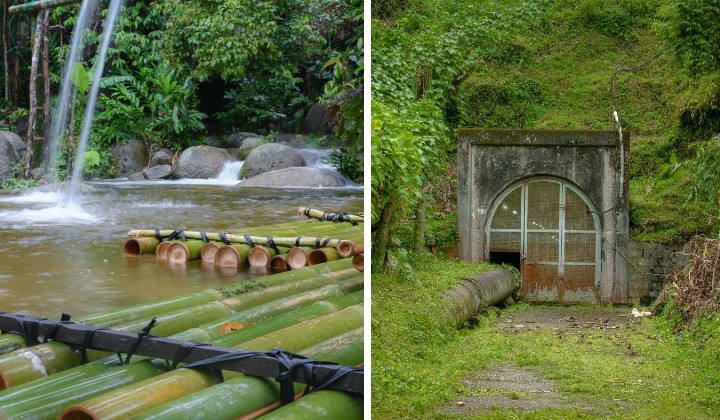
Subscribe to our FREE Newsletter, or Telegram and WhatsApp channels for the latest stories and updates.
Cameron Highlands, a popular tourist destination known for its lush green landscapes and cool climate, has been named one of the happiest places in Malaysia.
The recent happiness index study conducted by the Housing and Local Government Ministry has left many wondering if the assessment truly captures reality.
Undoubtedly, Cameron Highlands still boasts many attractions that continue to draw visitors from afar.
The region’s tea plantations, such as the iconic Boh Tea Estate and the Sungai Palas Tea Garden, remain a sight, offering a glimpse into the area’s rich agricultural heritage.
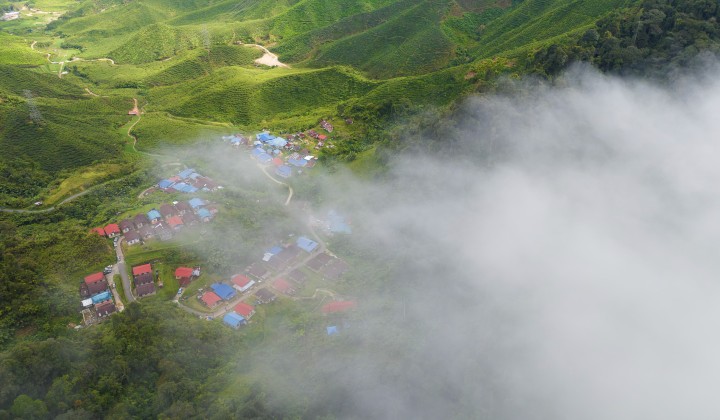
Visitors can immerse themselves in the lush green landscapes, breathe in the crisp mountain air, and witness the time-honoured tea picking and processing tradition.
But while the scenic beauty of Cameron Highlands is undeniable, the region has been grappling with many issues that have left locals and frequent visitors questioning the validity of this happiness ranking.
READ MORE: Cameron’s Last Unspoilt River: A Visit Worth Your While

A Paradise Lost in the Pursuit of Progress
Over the years, the once tranquil haven has fallen victim to rampant overdevelopment, leading to severe traffic congestion and environmental degradation.
The narrow, winding roads of Cameron Highlands, which were once charming, have become a nightmare for residents and tourists alike.
The influx of vehicles, particularly during peak seasons, has resulted in endless traffic jams, turning a leisurely drive into a frustrating ordeal.
The lack of proper infrastructure and planning has only exacerbated the problem, leaving many to wonder how such a place can be deemed the happiest in the country.
Moreover, the rapid development in Cameron Highlands has taken a toll on its natural beauty.
The once-pristine landscape is now marred by countless buildings, many of which seem to have been constructed with little regard for the environment.
Landslides have become increasingly common, severely threatening human life and the delicate ecosystem.

The weather, too, has undergone a noticeable change.
Temperatures have risen steadily over the years, stripping away the very essence of what made Cameron Highlands so attractive in the first place.
The region also grapples with the impossible coexistence of tourism and agriculture.
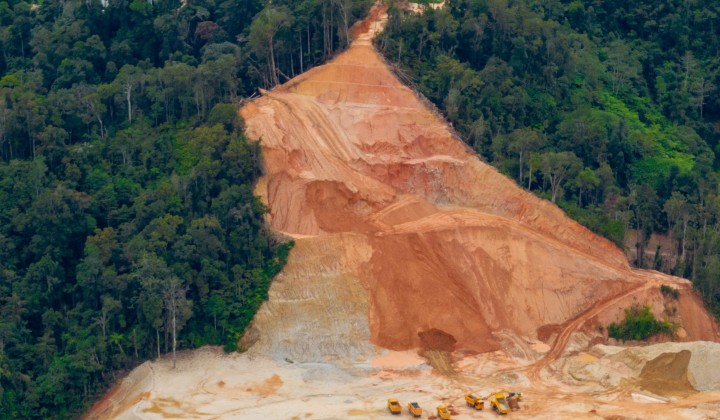
Many farms still rely on low-tech methods and heavily depend on land clearing, especially steep slopes, pesticides, and foreign workers from Bangladesh and Nepal.
Despite their essential role in maintaining the farms that have become synonymous with Cameron Highlands, many of these workers face the harsh realities of low pay and spartan living conditions and often work without proper permits.
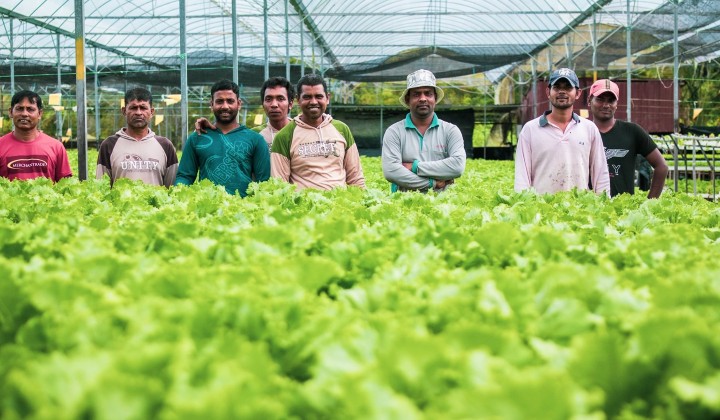
This uneasy balance between the two industries has further strained the community’s environment and social fabric.
Another point of contention is the lack of new attractions in the area.
READ MORE: Should Cameron Highlands Say Yes/No To Huge Theme Park?
While the tea plantations and strawberry farms remain popular among visitors, there has been little effort to diversify the tourism offerings.
This has led to many visitors feeling they have seen and done everything the region offers.
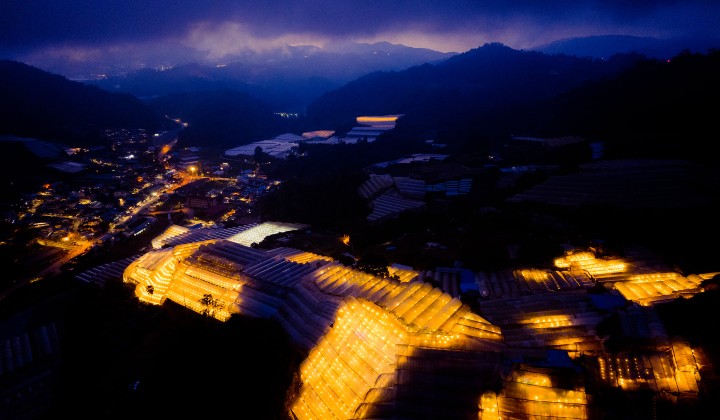
The absence of a younger workforce has also hindered the development of new ideas and initiatives that could breathe fresh life into the region’s economy.
Without the energy and enthusiasm of the younger generation, the town risks falling into a state of stagnation, unable to adapt to changing times and consumer preferences.

This is particularly concerning when considering the already marginalized Orang Asli community, whose needs and voices have long been neglected in the development of the region.
The Orang Asli, the indigenous people of Cameron Highlands, have faced numerous challenges over the years, including land rights issues, social and economic marginalization, and limited access to basic services such as healthcare and education.
The lack of a strong, young advocate base within the community has only exacerbated these problems, leaving the Orang Asli vulnerable to further exploitation and neglect.

As we celebrate the International Day of Happiness and the release of the MURNInets’ happiness index, it is crucial to examine the methodology employed and the accuracy of the results.
While the intentions behind such studies are commendable, ensuring they paint a comprehensive picture of reality is essential.
Cameron Highlands may have its charms, but to call it the happiest place in Malaysia feels like a stretch.
Malaysia fifth happiest country in the world. If you ignore the political whingeing on X, yeah pretty much. It’s a safe country and people are chill. I’m surprised UK only came 2nd as most miserable country. It should be first, but culture is good there.https://t.co/8SaoRKWgSf
— Zarina Holmes 🍒 (@ZarinaHolmes) March 10, 2024
It is difficult to reconcile the notion of happiness with the daily struggles faced by those who call this place home.
The region’s problems are too significant to be ignored, and it is time for the authorities to address them head-on.
Only by learning from past mistakes can we hope to build a future in which the beauty and integrity of places like Cameron Highlands are preserved for generations to come.
Share your thoughts on TRP’s Facebook, Twitter, and Instagram.





